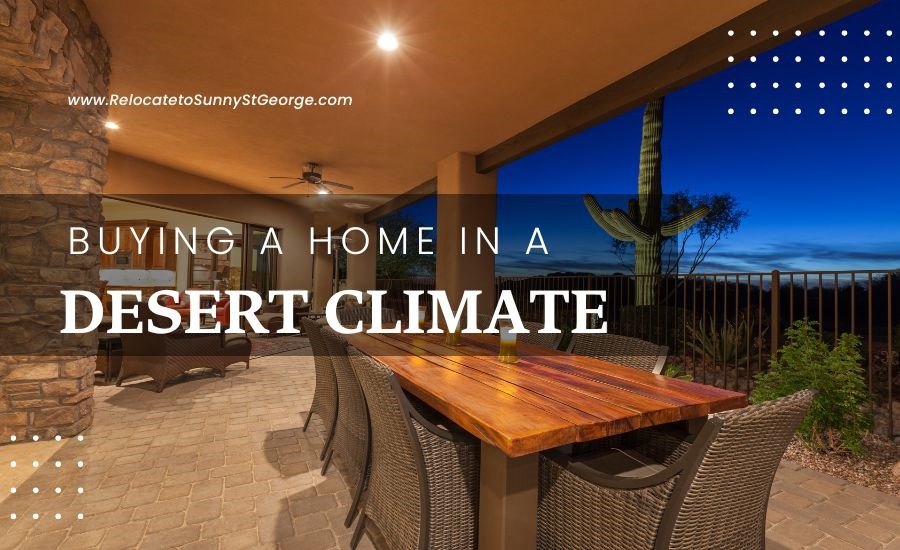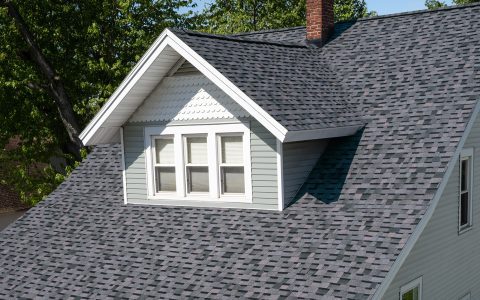Purchasing desert property demands specialized considerations beyond typical home buying. Here's a strategic guide:
Location & Environmental Factors
Water Security is Paramount: Verify reliable water access. Municipal supply is ideal; investigate well potential (depth, recharge rate, quality, rights) and storage options. Rainwater catchment feasibility is typically supplementary.
Assess Sun & Wind Exposure: Analyze the site's solar potential and prevailing winds. Maximizing southern exposure is ideal for passive solar gain in winter, while wind patterns impact cooling needs and potential dust accumulation.

Evaluate Flood & Erosion Risks: Desert terrain experiences sudden, severe runoff. Confirm the site is outside identified flood zones. Inspect nearby arroyos/washes for signs of past flooding and assess erosion risks on slopes.
Understand Soil Composition: Caliche (hardpan calcium carbonate) significantly impacts excavation costs for foundations, utilities, and septic systems. Professional soil testing is essential.
Construction & Design Essentials
Prioritize Superior Insulation: High R-value insulation in roofs, walls, and floors is non-negotiable for energy efficiency and temperature regulation. Proper installation is crucial.
Demand Thermal Mass: Materials like adobe, concrete, rammed earth, or stone absorb daytime heat and release it slowly at night, stabilizing indoor temperatures.
Optimize Window Strategy:

- Maximize appropriately-sized, high-performance windows facing south for winter solar gain.
- Minimize east/west-facing glazing.
- Use double or triple-pane low-E windows.
- Integrate effective exterior shading (overhangs, pergolas).
Ensure Robust Air Sealing: Prevents dust infiltration and minimizes energy loss driven by high-pressure differences common in deserts.
Verify Cooling Systems: Robust evaporative cooling ("swamp coolers") is highly effective in low-humidity regions. Confirm HVAC capacity and condition; well-maintained units operate hard.
Infrastructure & Systems
Off-Grid Preparedness:
- Solar Power: Evaluate existing system capacity and battery storage viability.
- Septic Systems: Understand type (conventional mound vs. advanced), capacity, age, and maintenance history; obtain inspection report.
- Connectivity: Verify reliable internet/cell options (satellite, cellular booster).
- Road Access: Determine road ownership, maintenance responsibilities, and all-season accessibility.
Water System Scrutiny: Inspect pumps, storage tanks (size, material, condition), filtration, and piping integrity for leaks, corrosion, or UV damage.
Due Diligence Imperatives
Specialized Inspections: Employ inspectors experienced in desert homes. Focus on foundations, roofing materials (impact resistance), exterior envelope sealing, and cooling systems.

Zoning & Covenants: Verify property is residential. Review CC&Rs for restrictions on alternative water collection, solar panels, outbuildings, or vehicle parking.
Cost of Living Estimate: Budget significantly higher costs for water delivery, energy (without solar), and specialized maintenance contractors compared to urban areas.
Expert Consultation: Engage local experts (realtors, builders, water rights specialists, soil engineers) intimately familiar with the specific desert region.





